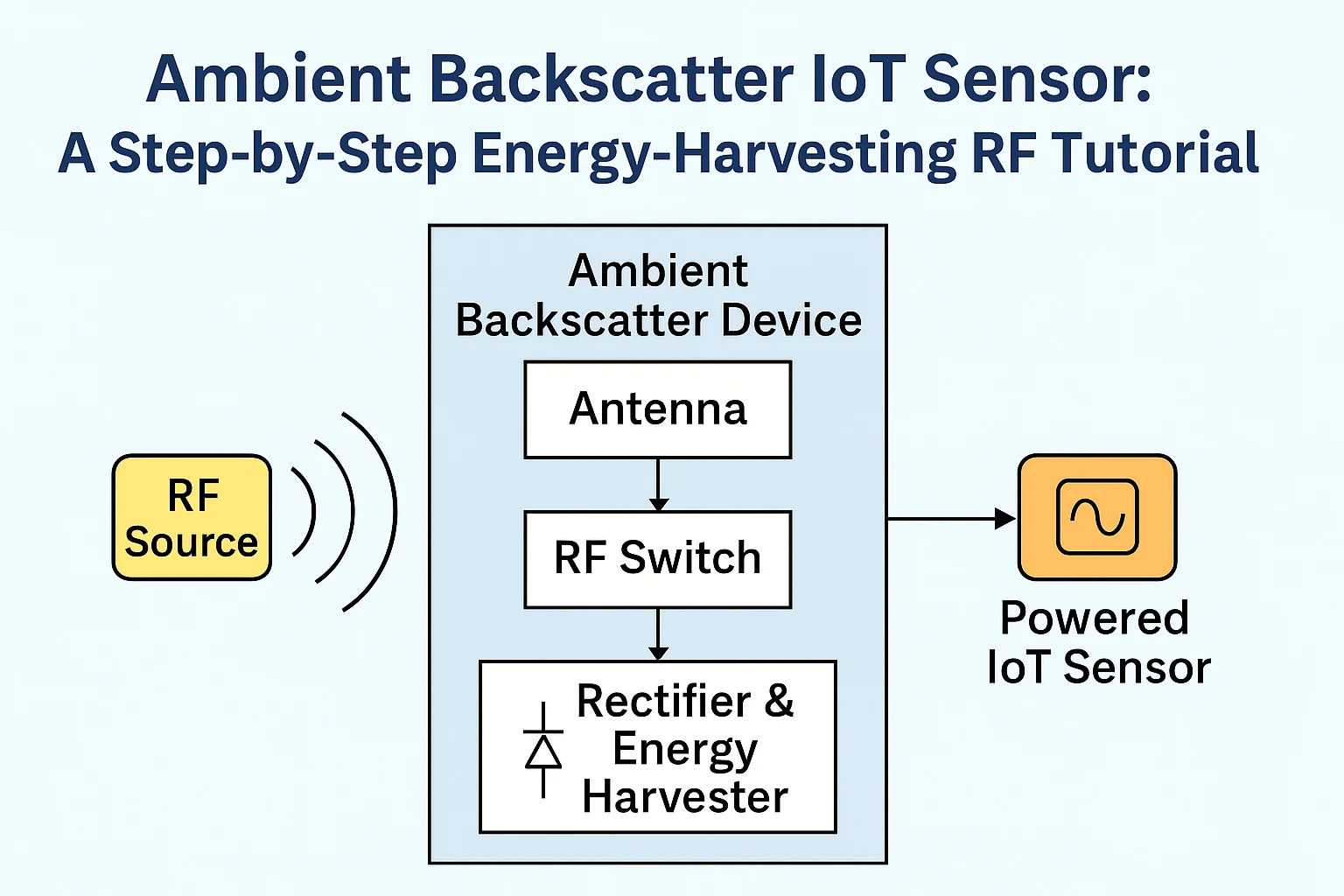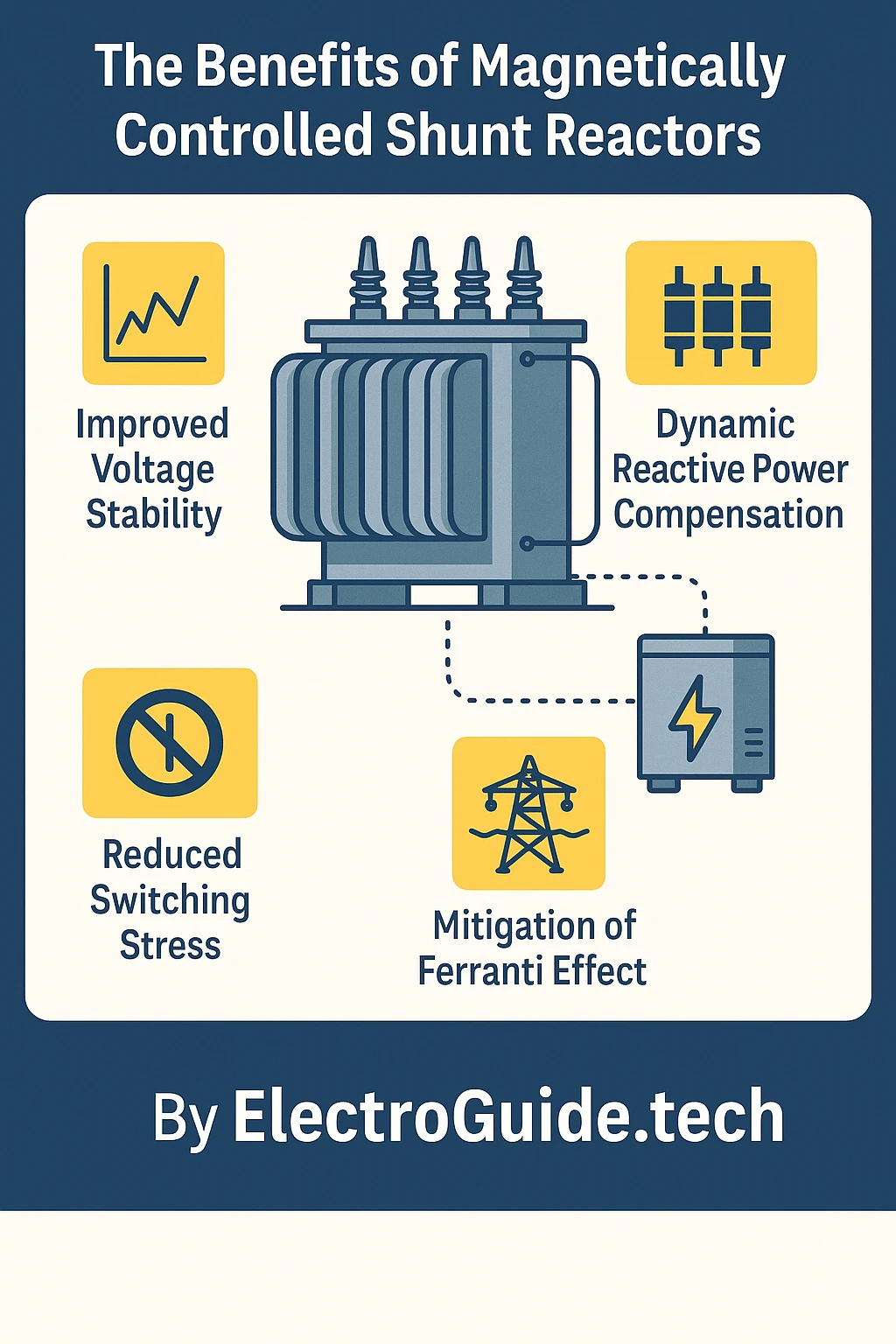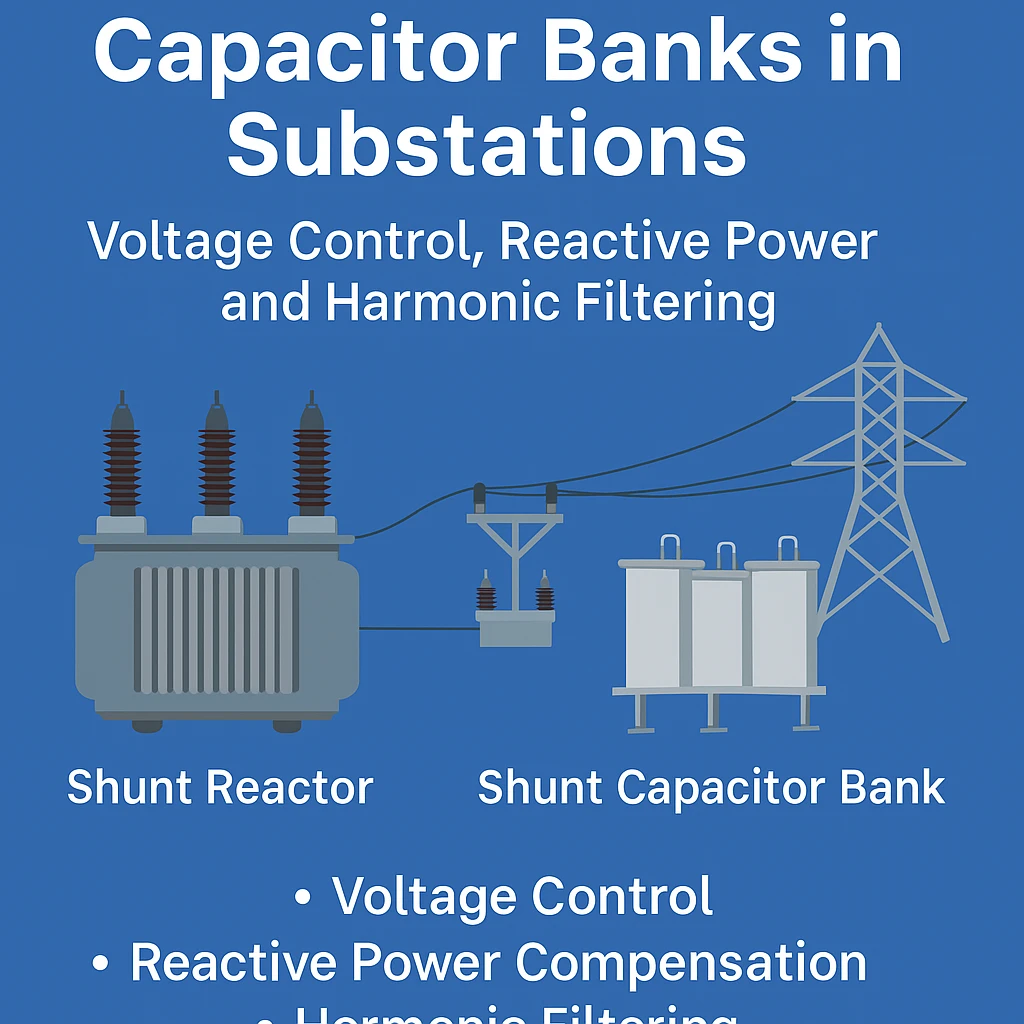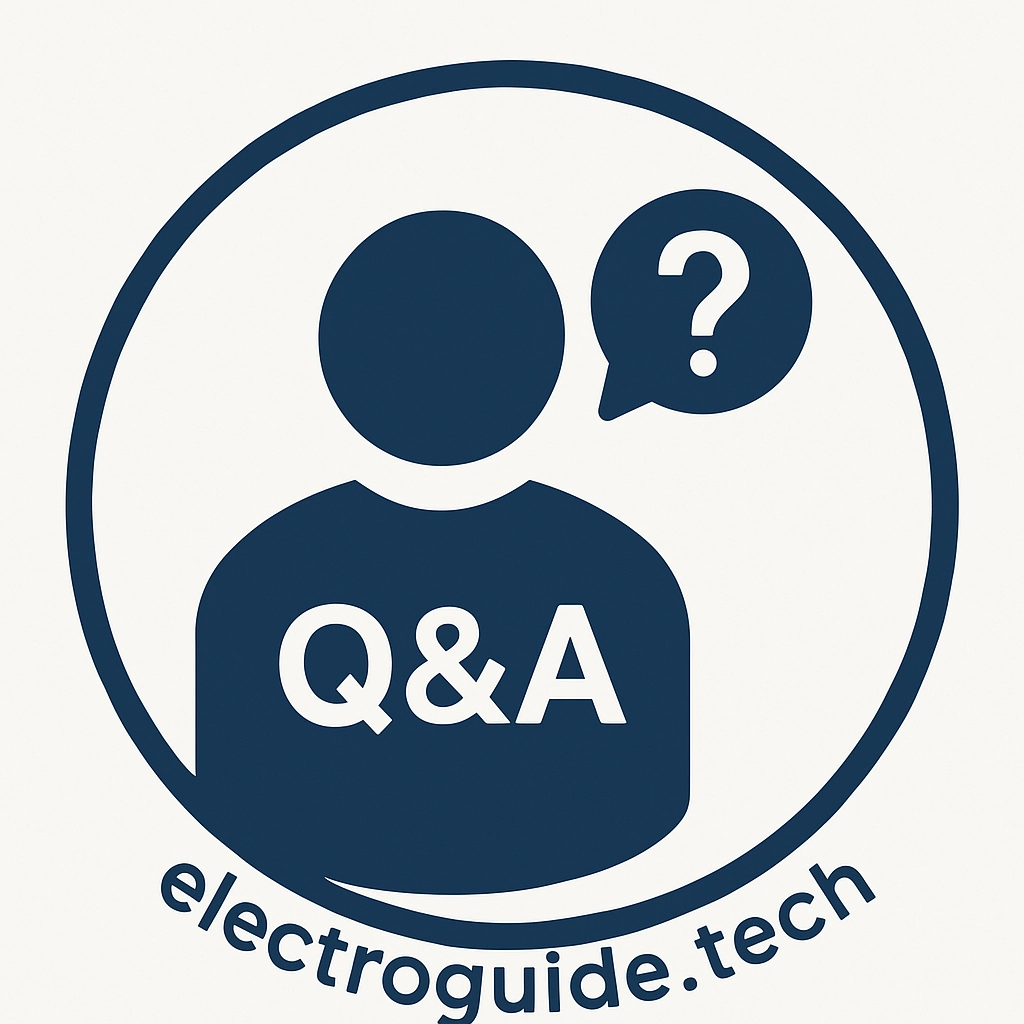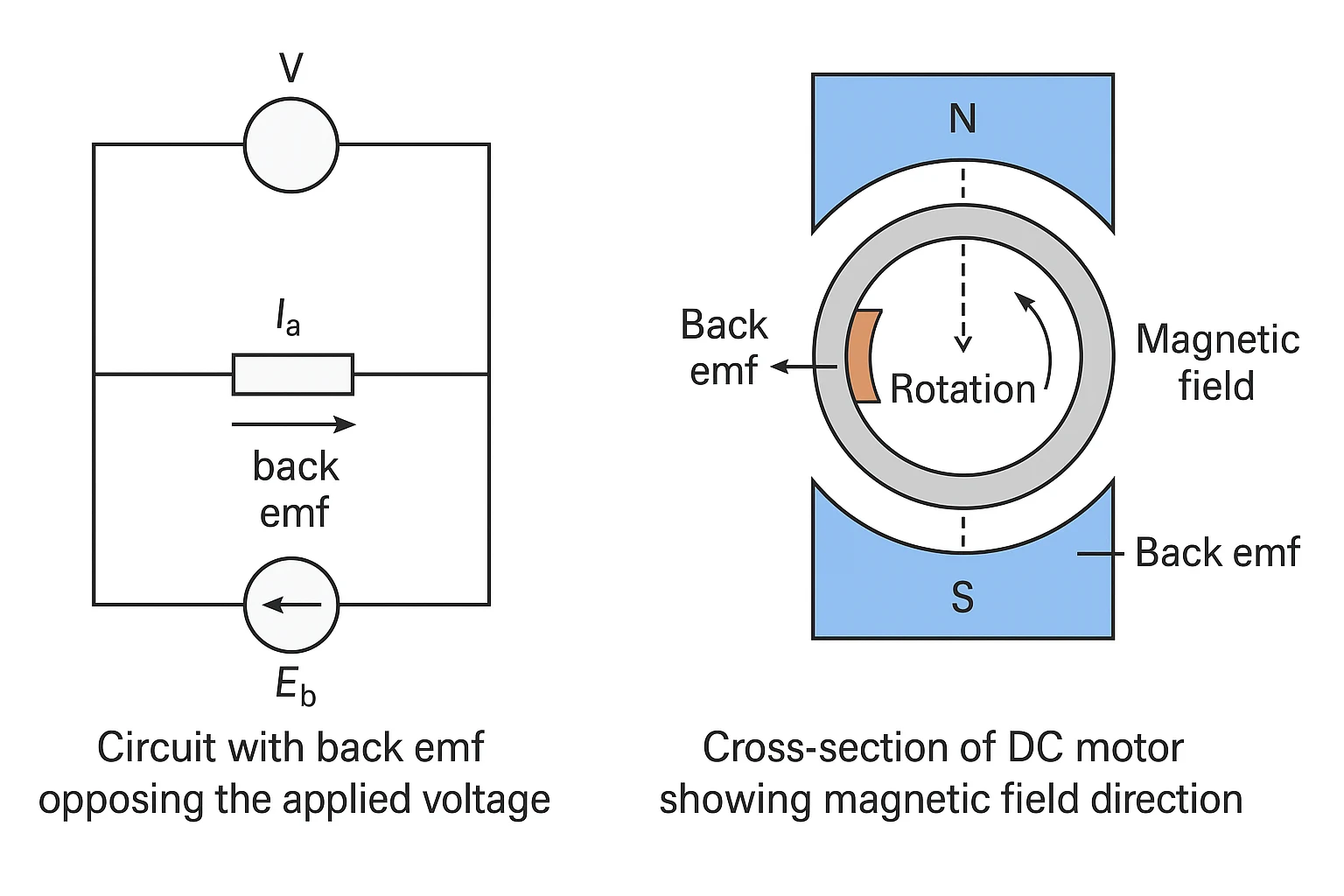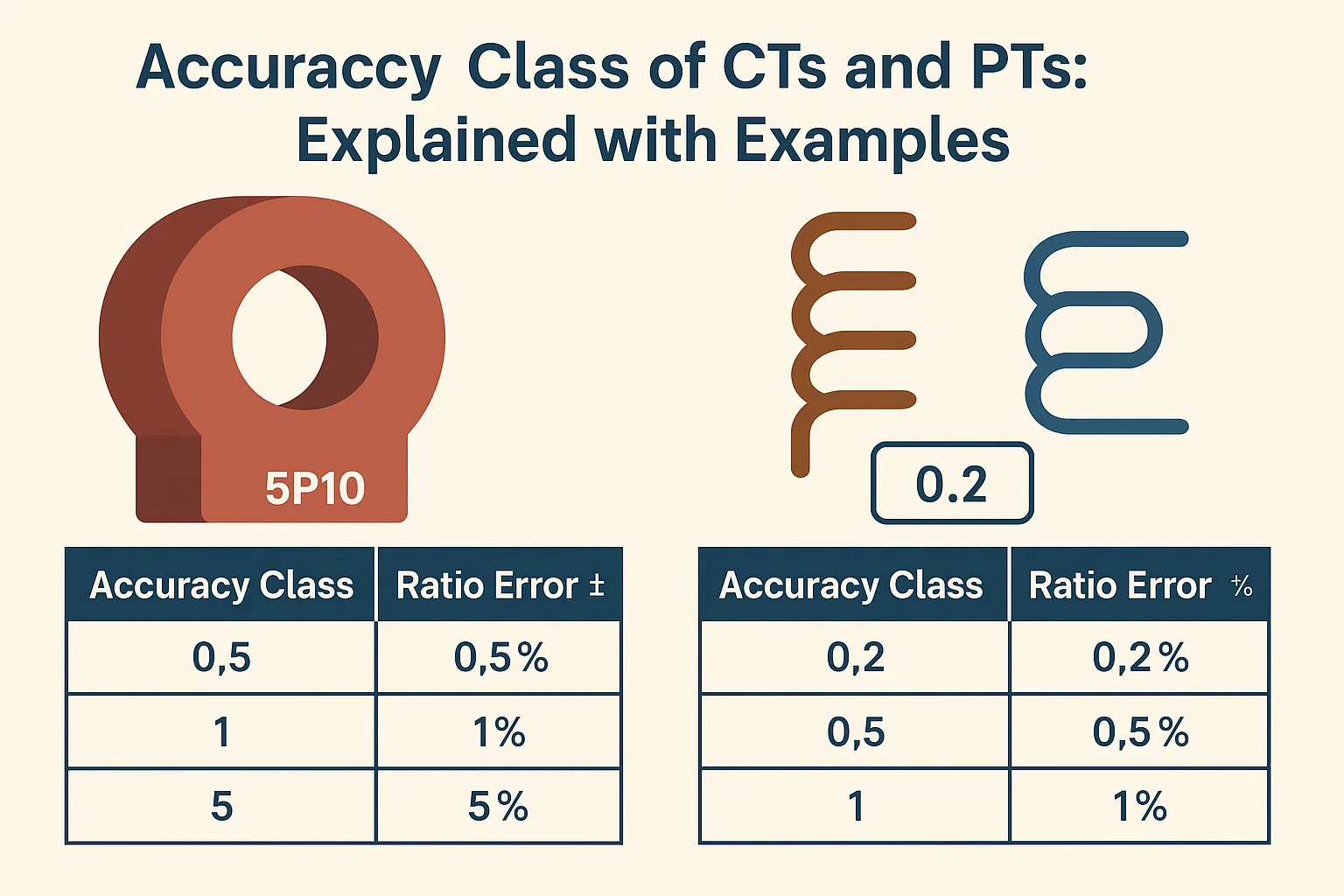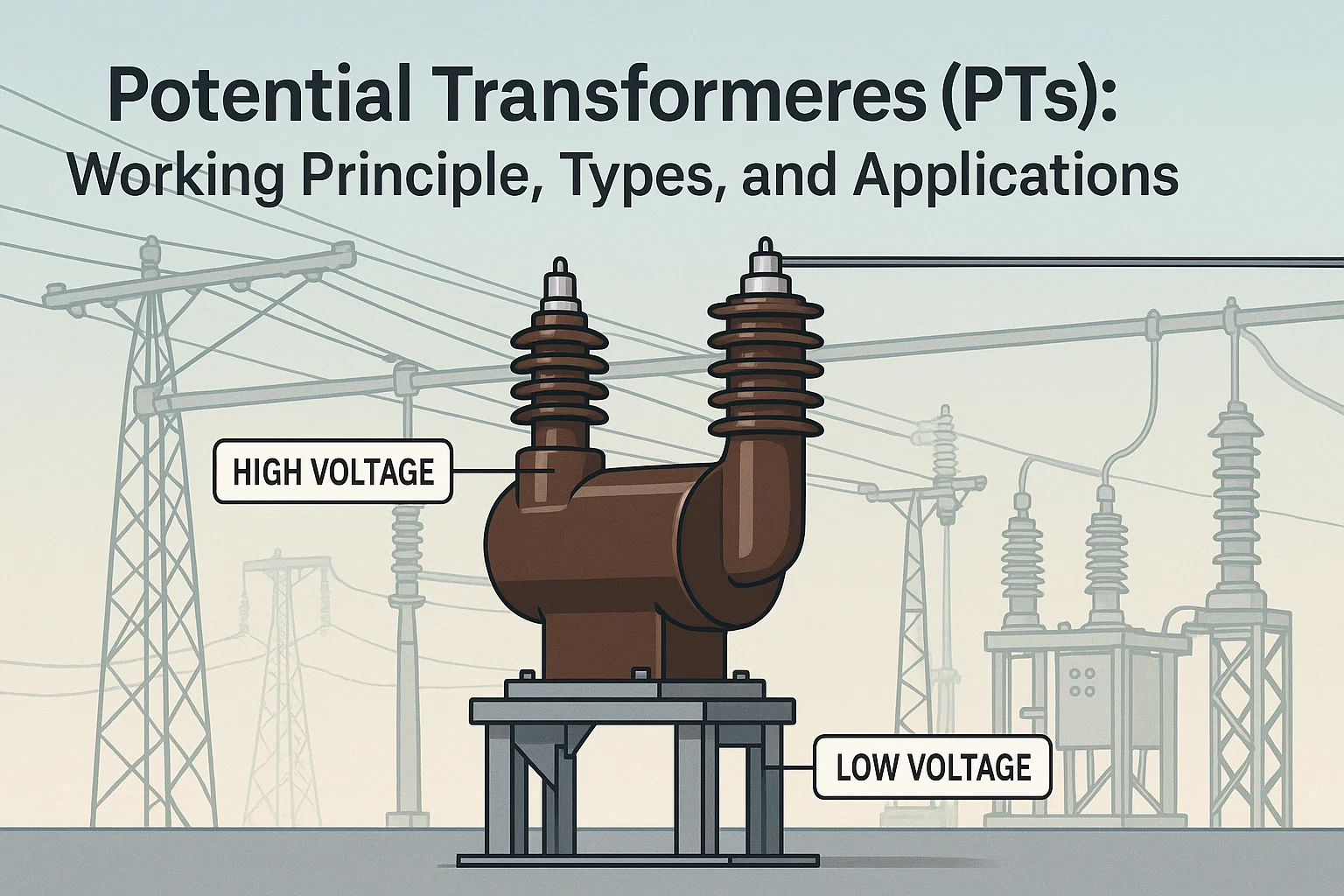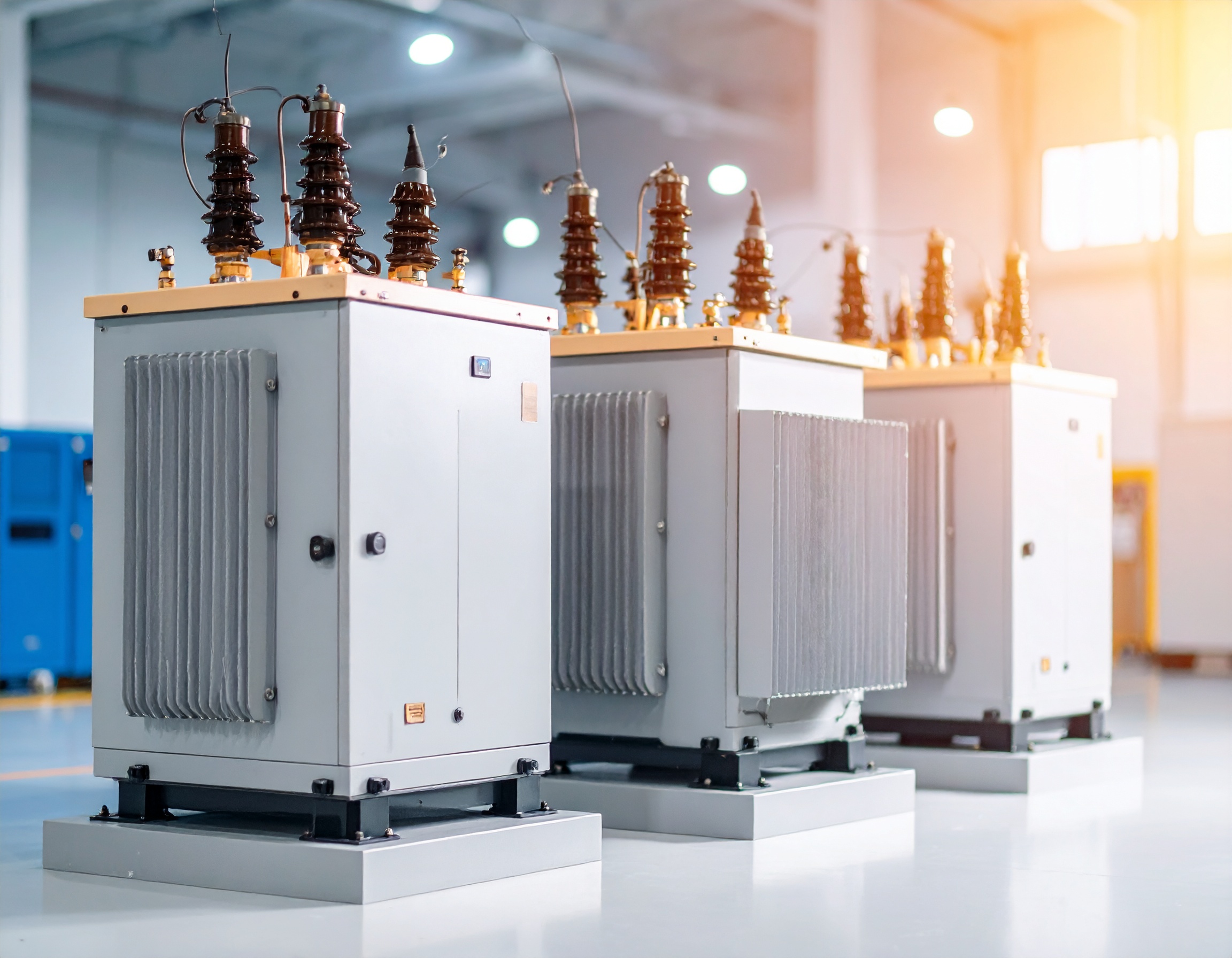Ambient Backscatter IoT Sensors: A Step-by-Step Energy-Harvesting RF Tutorial
Introduction With the rise of the Internet of Things (IoT), the demand for power-efficient and maintenance-free sensors has surged. Traditional wireless sensors depend on batteries, which limit device lifespan and introduce environmental concerns. An innovative solution to this problem is ambient backscatter communication, a technique that enables devices to transmit data by reflecting existing ambient … Read more
